
下载亿题库APP
联系电话:400-660-1360

下载亿题库APP
联系电话:400-660-1360

请谨慎保管和记忆你的密码,以免泄露和丢失

请谨慎保管和记忆你的密码,以免泄露和丢失

在商务英语考试备考过程中,好的习题能够达到事半功倍的效果。下面是帮考网带来的历年真题练习内容,供大家学习。
A quick fix
Nov 1st 2008
From The Economist print edition
The IMF\'s new scheme to help emerging economies weather financial trumoil
Reuters
“EXCEPTIONAL times call for an exceptional response” said Dominique Strauss-Kahn, the IMF\'s boss, of a new short-term lending facility for emerging economies facing temporary liquidity problems in capital markets. Under the “short-term liquidity facility” (SLF), approved on Wednesday October 29th, qualifying countries will be eligible for a loan at short notice of up to 500% of their IMF quota, the maximum amount a country is obliged to provide to the IMF. The three-month loans will come with a minimum of conditions relating to economic policy; they are also intended to be made available with a rapidity not usually associated with the organisation.
All this is music to the ears of those, including many within the IMF, who have been arguing that the Fund needs to match its lending to changing global circumstances. The new facility goes some way towards adressing an obvious shortcoming in the IMF’s arsenal of lending instruments. Until now, the Fund had nothing it could deploy aimed at countries facing a temporary shortage of liquidity in spite of sound macroeconomic fundamentals. Yet this situation had become much more likely, even without a paralysing credit crisis, because of increasing global financial interdependence.
A country lacking short-term liquidity would be loth to approach the IMF for a loan under the “stand-by arrangement” (SBA), the mainstay of the IMF’s crisis lending. The SBA carries a stigma, because requesting such a loan is assumed to reflect badly on the recipient’s economic management. But the new loan facility will only be available those countries that the IMF deem to be in sound macroeconomic health. If anything, qualification should serve to reassure outsiders that the country’s policies are essentially sound, and that the difficulties it faces are temporary and a result of factors beyond its control. By this method, the IMF has also precluded the need for the type of onerous conditions which usually accompany loans under the SBA.
The second feature of the SBA that makes it less well suited to dealing with temporary liquidity crises is that funding is usually released in phased tranches. In a liquidity crisis brought on by a collapse in confidence a large loan, quickly administered, is the best method for restoring confidence in a short period of time—exactly how the new loans should work.
Most will cheer the IMF for introducing flexible loanmaking without onerous conditionality but concerns remain. Some economists fear that the funds available for the IMF to dole out, which in September stood at $255 billion, may not be enough if several emerging markets come under stress at the same time. Deutsche Bank estimates that a single large emerging market may face a financing gap of up to $90 billion, depending on roll-over rates for credit lines, liquidation of foreign positions in bond and equity markets, and domestic capital flight.
Under these circumstances, the IMF’s pockets, which seemed enviously deep just a short while ago, might not be deep enough. Simon Johnson, a former IMF chief economist, reckons that it may need upto $1 trillion. The IMF acknowledges the problem and says it is prepared to “work with others to generate additional resources to make sure that countries have the money they need to restore confidence and maintain stability”.
Just as important, it remains to be seen how difficult it will be to qualify for a loan under the SLF. It is unclear how strictly the IMF will set the criteria for certifying that a country’s economic management is sound. As a result there may be a number of vulnerable countries that do not qualify for the scheme. As with any programme of this kind, the devil is in the details. The question, then is whether the IMF’s new facility is as good in practice as it seems to be in theory.
“非常时刻需要非常的应对措施”——国际货币基金组织(IMF)的老板说道,该应对是指为暂时面对资本市场流动性问题的新兴经济体提供一个新的短期贷款工具。10月29日的周三批准的“短期流动性贷款工具”(SLF)使得有资格的国家可以在短期内能够筹到高达他们IMF配额5倍的贷款,这也是一个国家被要求提供给IMF的最大数额。该项为期三个月的贷款将仅有最少的与经济政策有关的附带条款;它们的拨付也将快于该组织以往的惯例。
这些措施与对于包括IMF组织内部在内的很多希望该基金根据全球变化来配比其贷款的人想法不谋而合。新的工具某种程度上克服了IMF借款工具武器库的一个明显弱点。该基金直到现在才可以将目标集中在那些有着良好的宏观经济基本面但面对短暂的流动性缺乏的国家。但是由于全球金融不断加强的相互依赖使得就算没有瘫痪性的信用危机,这种情况发生的可能性也更大了。
一个缺乏短期流动性的国家可能不愿意找到IMF要求根据“备用信贷协议”(SBA)——IMF危机贷款的中流砥柱——贷款给它。备用信贷协议(SBA)带有个一个耻辱的烙印,因为要求这样一种贷款会被认为反映了贷款接受国经济管理的不善。但新的贷款工具只会拨付给那些IMF认为处在良好经济健康状况中的国家。如果说还有什么区别的话,就是能够贷到这样的款能够起到安抚外界的人的作用,表明该国家的政策本质上是良好的,而且该国家面对的困难是暂时的、是超出其控制的因素造成的。IMF也通过该方法排除了通常在SBA协议下附带很多条款的必要。
SBA协议的另外一个使得其不那么适合处理暂时流动性危机的特点是资金是分阶段拨付的。在信心崩溃导致的流动性危机中,快速审批通过的大额贷款才是短期内重振信心的最佳方法——新的贷款正是如此。
大部分人对IMF引入如此具有灵活性的贷款而不附带很多条件表示高兴,但对此的疑虑仍然存在。一些经济学家担心如果一些新兴市场在同一时间里也面临压力时,IMF少量发放资金(九月份数额为2,550亿美金)只是杯水车薪而已。德意志银行估计某一个大的新兴市场可能面对的是高达900亿美金的融资鸿沟,这取决于贷款最高限额的滚动利率,债券和资本市场中外国头寸的流动性和国内资本的流动。
在这些种情况下,IMF的腰包虽然之前看来还深得令人羡慕,但可能也不够深了。IMF的前首席经济学家认为IMF可能需要高达10,000亿美金才行。IMF表示知晓了这个问题并且说它已经准备”与其他组织一道来生成更多的资源保证国家有他们需要的资金来重振信心保持稳定”。
如其重要性一样,有资格获得短期流动性贷款工具(SLF)的困难程度也有目共睹。IMF如何设定标准证明一个国家的经济管理是良好的仍然不清楚。所以可能存在许多得不到贷款但已岌岌可危的国家。正如任何其他此类项目一样,魔鬼存在于细节之中。那么问题就是IMF的新工具在实际应用中是否如其理论看上去的那样好。
以上就是帮考网今日为大家分享的真题练习,小伙伴们赶紧学习起来!
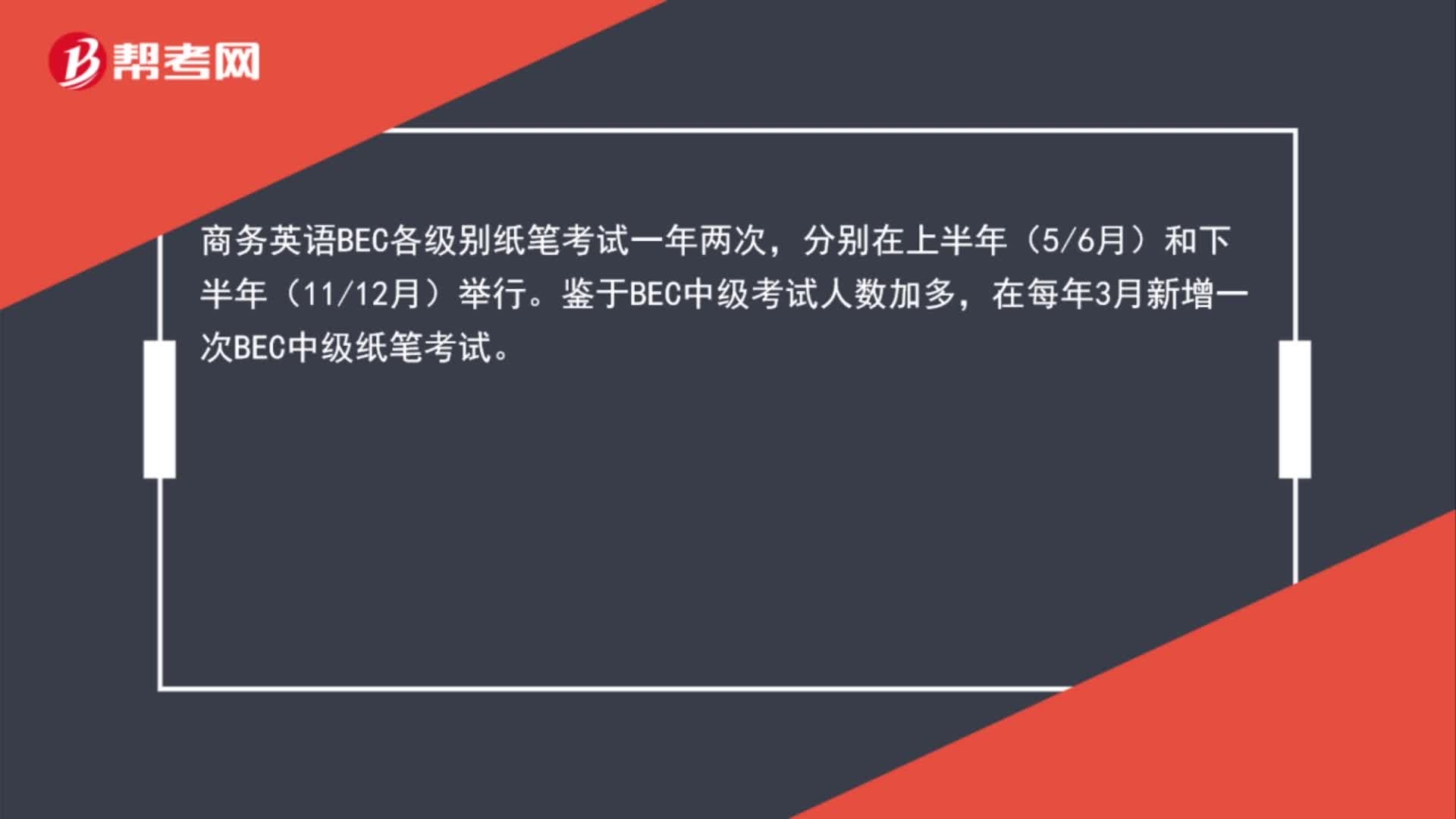 49
49商务英语每年什么时候考试?:商务英语每年什么时候考试?商务英语BEC各级别纸笔考试一年两次,分别在上半年(56月)和下半年(1112月)举行。鉴于BEC中级考试人数加多,在每年3月新增一次BEC中级纸笔考试。
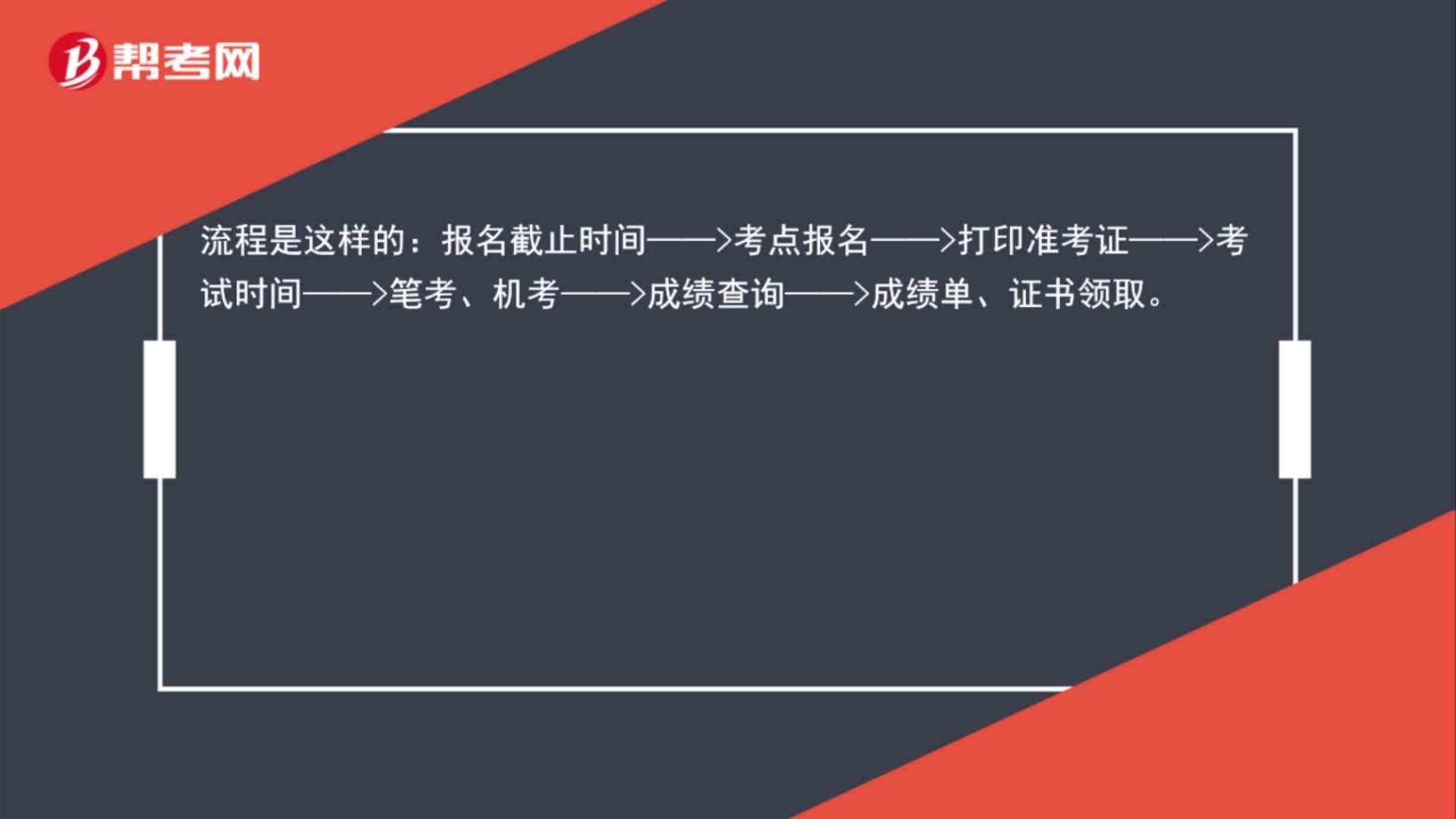 34
34商务英语如何进行考试?:商务英语如何进行考试?流程是这样的:报名截止时间——考点报名——打印准考证——考试时间——笔考、机考——成绩查询——成绩单、证书领取。
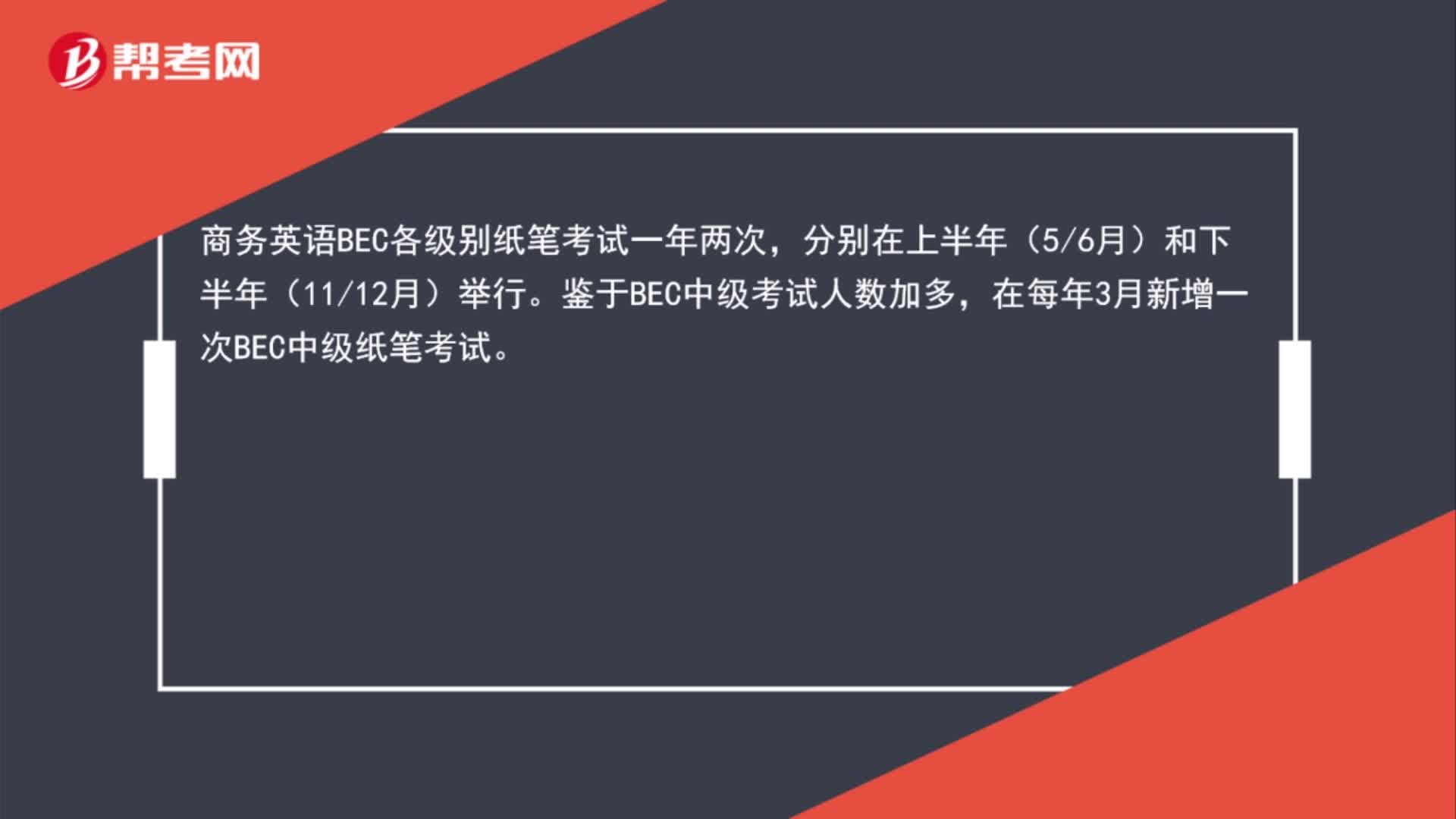 49
49商务英语每年什么时候考试?:商务英语每年什么时候考试?商务英语BEC各级别纸笔考试一年两次,分别在上半年(56月)和下半年(1112月)举行。鉴于BEC中级考试人数加多,在每年3月新增一次BEC中级纸笔考试。
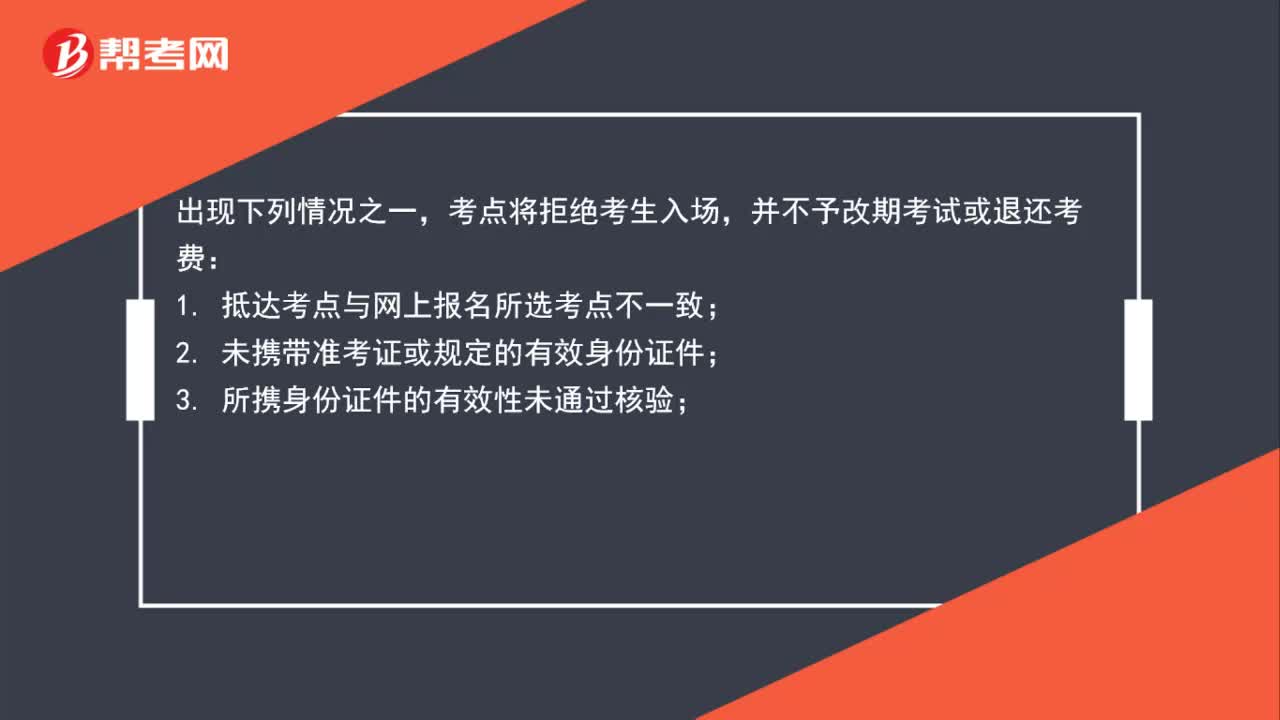 01:19
01:192020-06-08
 00:21
00:212020-06-08
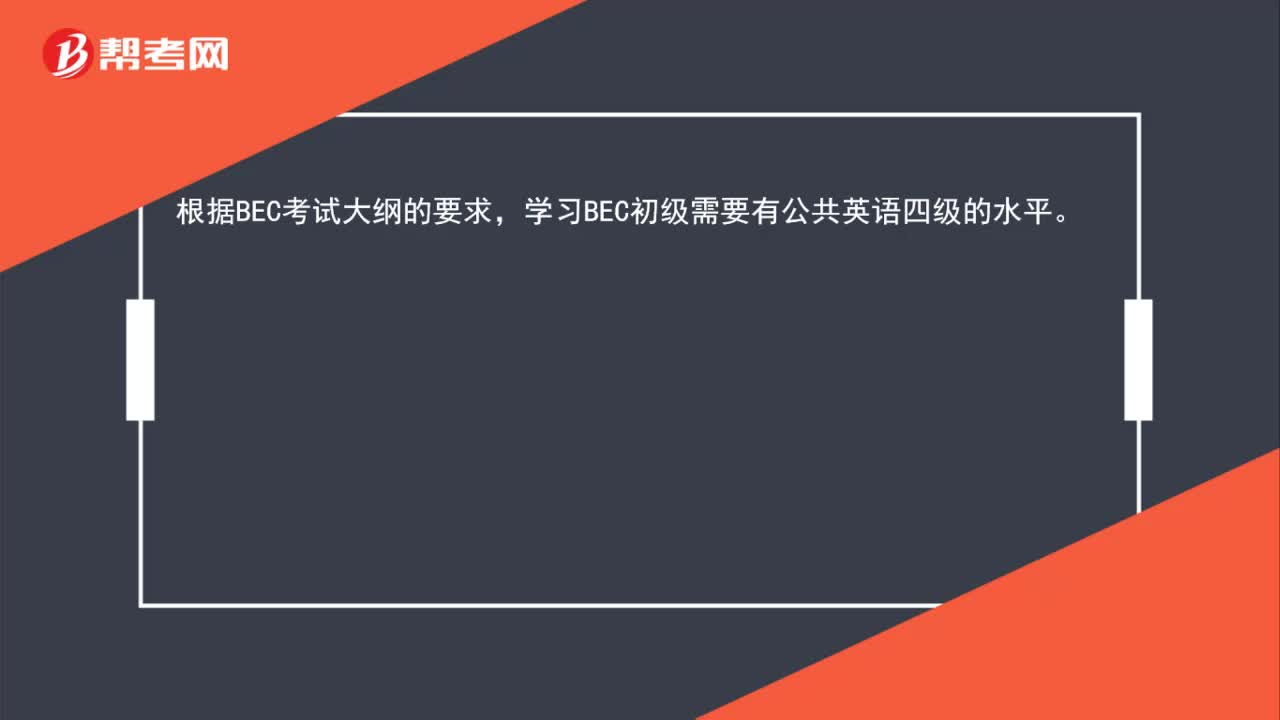 00:30
00:302020-06-08
 00:49
00:492020-06-08
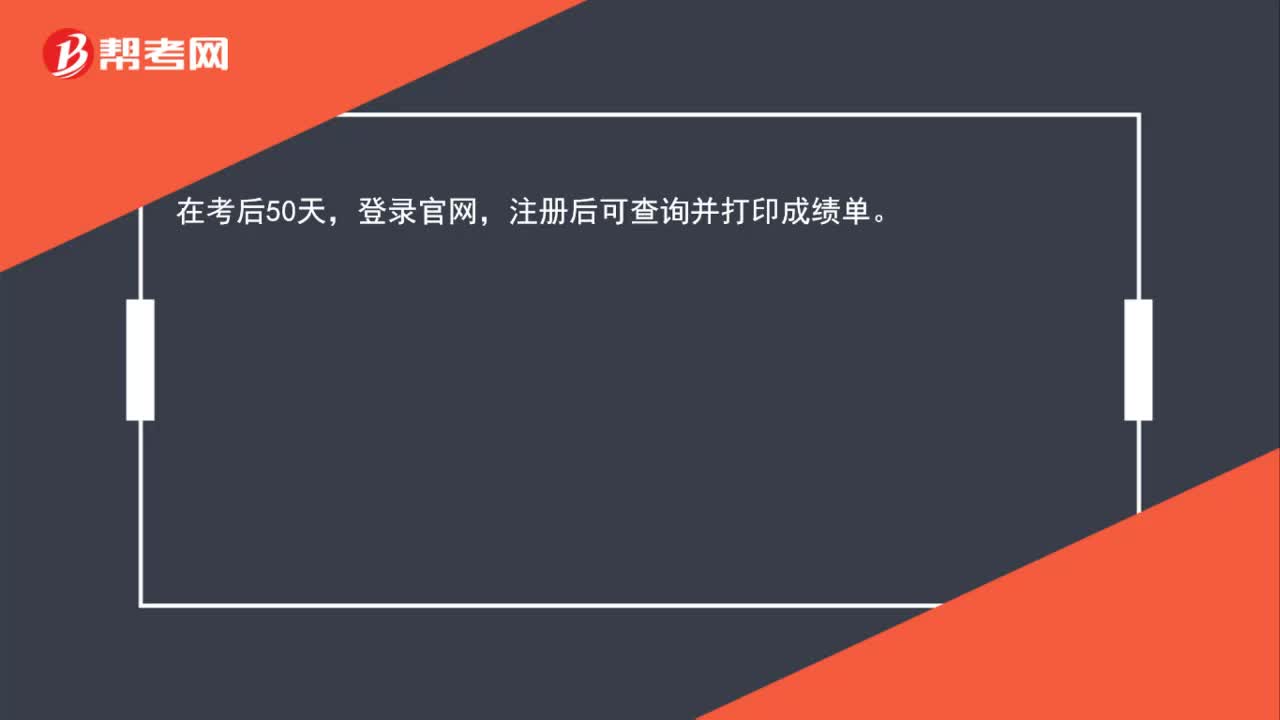 00:17
00:172020-06-06

微信扫码关注公众号
获取更多考试热门资料